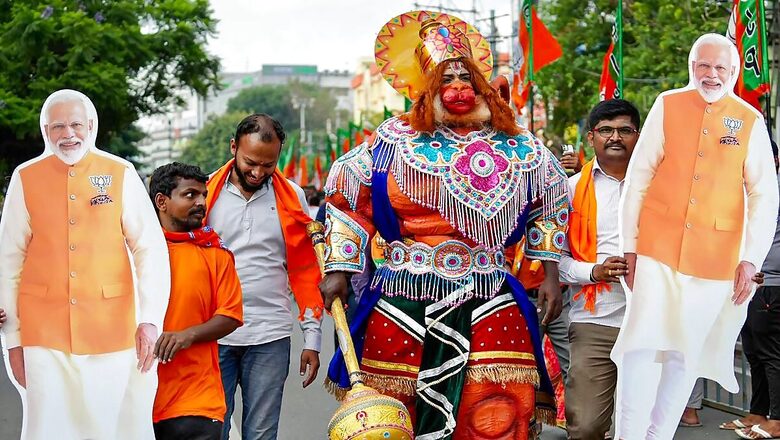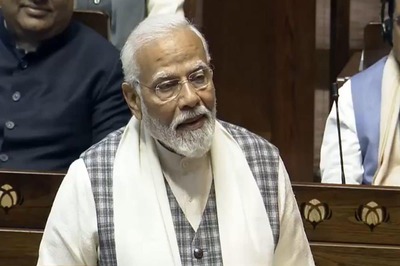
views
India began its journey of electoral democracy with the first elections in 1951-1952, following the model of simultaneous polling with the Lok Sabha and assembly elections held together. This saw a poll contest on 489 Lok Sabha seats alongside 22 state elections, as per the dataset of the Election Commission of India.
The Congress rode high on its image of being the architect of the Indian freedom movement and won an absolute majority, not just in Lok Sabha but also in 19 out of 22 state assemblies. For Lok Sabha, the party contested on 479 seats, winning 364 with 44.99 percent vote share. It could not score a majority of the seats in Travancore-Cochin (part of Kerala today), Madras and Orissa but finally formed the government in all states.
Indian states were reorganised in 1956 with the States Reorganisation Act and consolidated geographically, while their numbers were reduced to 14 states and six union territories. Next year, in 1957, India’s second simultaneous elections were held for Lok Sabha and 13 state assemblies.
The Congress contested on 490 out of 494 seats. It was a leading party in 11 states, winning 371 seats with 47.78 percent vote share. It also emerged victorious in 11 of the 13 states.
The 1962 general elections were held for 494 Lok Sabha seats and 13 state assemblies. The Congress emerged victorious in all 13. In the Lok Sabha, the party contested on 488 seats, winning 361 of them with 44.72 percent vote share.
The last simultaneous polls were held in 1967 when there were 18 states and nine UTs. The Lok Sabha contest was on 590 seats this time along with assembly elections in 20 states and UTs. The Congress won 13 of the states. In Lok Sabha, the party contested on 516 seats and won 283 with 40.78 percent vote share.
Lessons from history
According to the history of simultaneous elections, the ruling party emerged victorious in Lok Sabha as well as in most state assemblies. Jawaharlal Nehru was a charismatic leader, being one of the central pillars of India’s independence movement and the Congress, under him, triumphed not just in three Lok Sabha elections but in simultaneous assembly polls after India gained independence in 1947.
According to electoral results, central and state elections follow different outcomes many times when they are separately held as issues of concern and the core political appeal, being mostly state-level leaders, are different. In case of simultaneous elections, as past results show, a popular national leader has the appeal to carry the momentum even to alter state poll results.
The first three simultaneous elections in India are a testimony to this. The Congress performed better in the next and India’s last simultaneous election in 1967 but after the 1962 Indo-China War and Nehru’s death, the party started losing political appeal due to internal rifts.
Modi’s popularity feeding fear into rival parties
This is one of the main reasons, apart from others, being cited by rival parties in criticising the Narendra Modi-led central government’s move to form a panel under former president Ram Nath Kovind on ‘One nation, one poll’.
Prime Minister Modi is considered the most popular political figure in India. He broke the ice by forming a first full majority government in 2014 after 30 years and increased the seats of his party as well as the National Democratic Alliance (NDA) in 2019. And 2024 may not be an exception if his popularity remains intact.
According to a recent Pew Survey, 79 percent Indians think favourably of Modi with 55 percent having a “very favourable” view. Also, 68 percent feel India is getting stronger under his leadership.
Many other ratings have also ranked the prime minister as the most popular political leader in India since 2014, and one who has been able to keep his appeal intact even after nine years. This is leading to fear that his appeal could push many state poll results in the BJP’s favour.




















Comments
0 comment